Orange Palm-dart
(Cephrenes augiades)

Foodplant: Palms.
Remarks: A new arrival to the Adelaide area from the tropical north, and not fully established. Caterpillars may make obvious holes in the palm fronds which will not appeal to some people. The butterfly requires sheltered conditions.
Southern Grass-dart
(Ocybadistes walkeri)
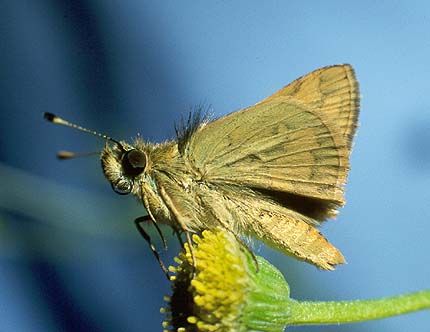
Foodplant: Leafy grasses (that remain green over summer) growing in moist areas.
Remarks: Likes rank lawn grasses.
White-banded Grass-dart
(Taractrocera papyria)
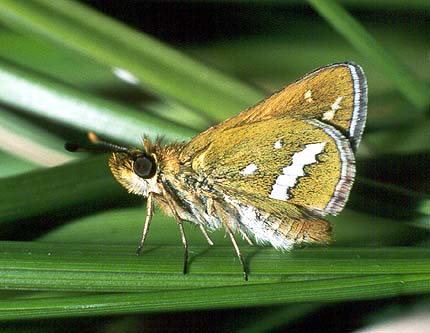
Foodplant: Leafy grasses (that remain green over summer) growing in sunny moist areas.
Remarks: Likes rank lawn grasses.
Dingy Swallowtail
(Papilio anactus)
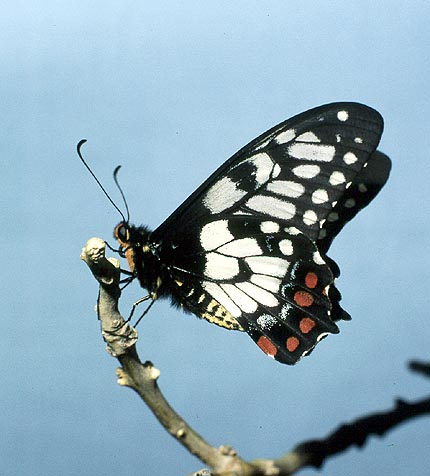
Foodplant: Citrus trees, particularly lemons and oranges.
Remarks: Caterpillars will need thinning from young plants.
Cabbage White
(Pieris rapae)
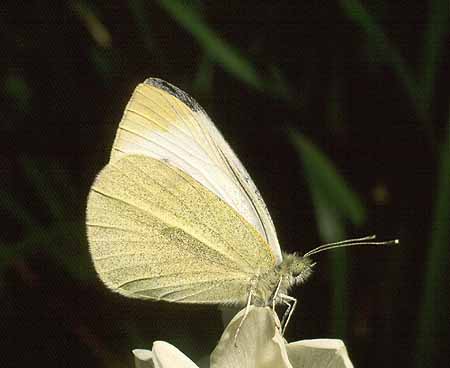
Foodplant: Only uses plants containing mustard oils. The best garden plants are nasturtiums.
Meadow Argus
(Junonia villida)
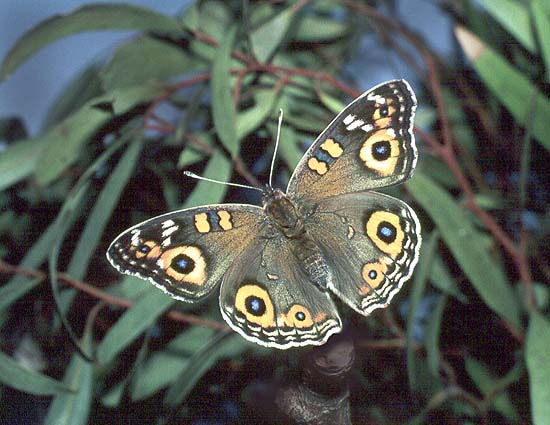
Foodplant: Many common herbs including centaury, fanflowers (Goodenia and Scaevola), common ribwort, portulaca, scabious, snapdragon, toadflax, lippia and verbena.
Australian Painted Lady
(Vanessa kershawi)
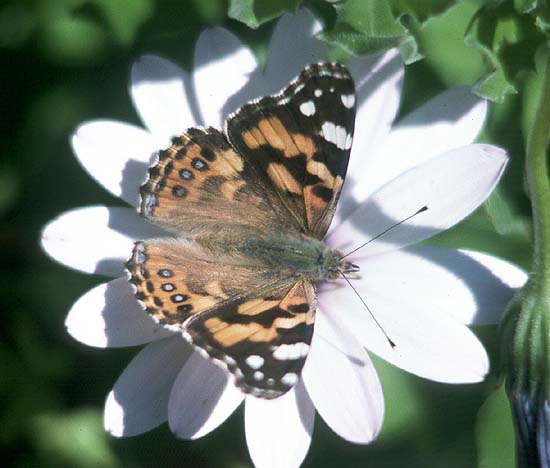
Foodplant: Many Compositae plants including cape-weed, straw flower, native everlasting daisies, wirewort.
Lesser Wanderer
(Danaus petilia)
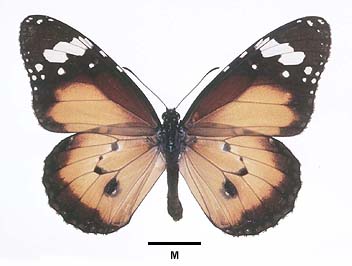
Foodplant: Milk-weed plants including the swan plant and cotton-bushes. Native hosts are the native pears (Cynanchum and Marsdenia).
Remarks: The milkweeds have poisonous white sap and children need instruction on this point. The swan shaped seed capsules should be removed from the plant to prevent it from shedding its floating seeds into surrounding areas. Caterpillars prefer the cotton bushes but these are more likely to develop into weeds in the native habitat.
Common Brown
(Heteronympha merope)
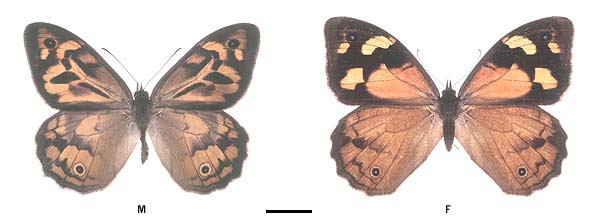
Foodplant: Leafy grasses.
Remarks: Often uses kangaroo grass, and will also use rank lawn grasses. The butterfly is more likely to be found in areas adjacent to reserves containing native grasses.
Wanderer
(Danaus plexippus)
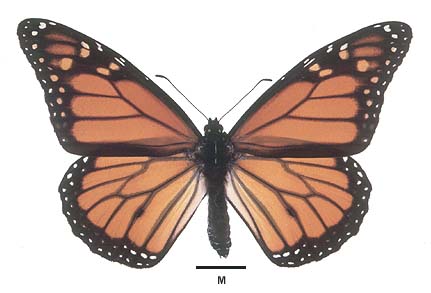
Foodplant: Milk-weed plants including the swan plant and cotton-bushes.
Remarks: The milkweeds have poisonous white sap and children need instruction on this point. The swan shaped seed capsules should be removed from the plant to prevent it from shedding its floating seeds into surrounding areas. Caterpillars prefer the cotton bushes but these are more likely to develop into weeds in the native habitat. All you need to know about the Wanderer.
Australian Admiral
(Vanessa itea)
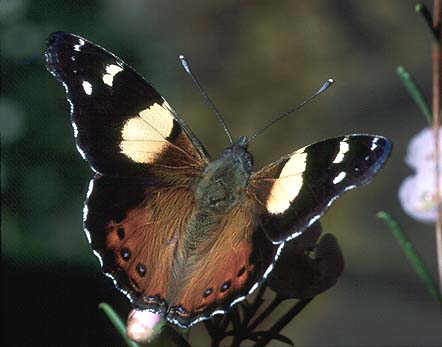
Foodplant: Mostly plants of the stinging nettle family including stinging nettles, baby's tears and pellitory.
Remarks: Stinging nettles are the caterpillar preference, but these are not a good garden choice if young children are likely to be present. Baby's tears and pellitory may be a good substitute. The foodplants are suitable for the wet shady areas of the garden.
Tailed Emperor
(Polyura sempronius)
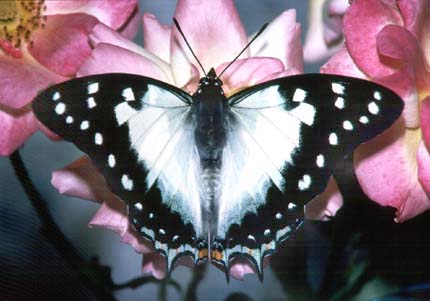
Foodplant: Many introduced ornamental trees including Cootamundra wattle (Acacia baileyana), albizia or Cape Leeuwin wattle, kurrajongs (Brachychiton species), black locust or false acacia (Robinia pseudoacacia).
Remarks: A very large new arrival to the Adelaide area, originally from Queensland and New South Wales, now breeding in Adelaide.
Common Xenica
(Geitoneura klugii)

Foodplant: Leafy grasses.
Remarks: Often uses kangaroo grass. The butterfly is more likely to be found in areas adjacent to reserves containing native grasses.
Long-tailed Pea-blue
(Lampides boeticus)

Foodplant: Numerous native and introduced pea-plants including birdflower bushes (Crotalaria), running postman or scarlet runner (Kennedia), sweet-pea, lupins, garden beans and peas, verbines, bush-peas, Sturt's desert pea, cockies tongue (Templetonia). Caterpillars eat the flowers and young seeds in the seed pods.
Common Grass-blue
(Zizina labradus)

Foodplant: Numerous native and introduced pea-plants including garden beans and peas, clover, lucernes and medics, bush-peas, verbines (Cullen or Psoralea) and native lilac (Hardenbergia). Caterpillars eat leaves and flowers.